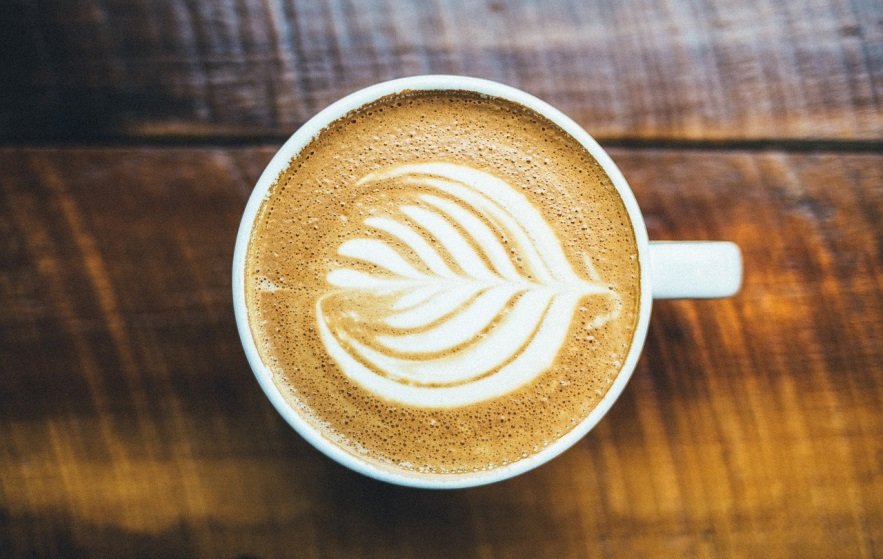
by Belinda Ollewagen | Apr 29, 2019 | instant tap, water cooler
“Coffee, coffee, coffee,
Coffee.
Coffee, coffee.
Everyone shut up.
Coffee.”
Our office loves coffee, and I don’t mean your garden variety kind of love affair with coffee, I mean your ‘until death us do part’ kind of passion, so we’re constantly at our instant taps brewing up another cup. We realise not everyone might be as infatuated with our favourite drink as we are, but to show we’re not alone in our adoration, here are a few interesting facts from the British Coffee Association.
- Coffee is the most popular drink worldwide with around two billion cups consumed every day.
- In the UK, we now drink approximately 95 million cups of coffee per day
- For an average cup of coffee consumed in the UK, up to 76% of its value is estimated to be produced in the UK
- The coffee industry creates over 210,000 UK jobs
- The Gross Value-Added contribution from the UK coffee industry to the economy is estimated to be £9.1 billion, whilst output contribution, including indirect and induced multiplier impacts, of £17.7 billion in 2017
- 80% of UK households buy instant coffee for in-home consumption, particularly those aged 65 and older
- Ground coffee and single-serve coffee pods are becoming increasingly popular, particularly amongst Millennials (aged 16 – 34) who account for 16% of all buyers.
- On the high street, café culture has also continued to boom, 80% of people who visit coffee shops do so at least once a week, whilst 16% of us visit on a daily basis
If you like the world’s most popular drink as much as we do, then you need to ensure you have instant taps installed in your canteen or breakout area – having hot water instantly at the ready is essential for us coffee-holics. Besides which, studies show that taking regular breaks also boosts energy, concentration and motivation so if you combine that with a cup of coffee, your Afternoon Poem may very well read:
“Coffee, coffee, coffee,
Coffee.
Coffee, coffee.
We love you all.
Coffee.”
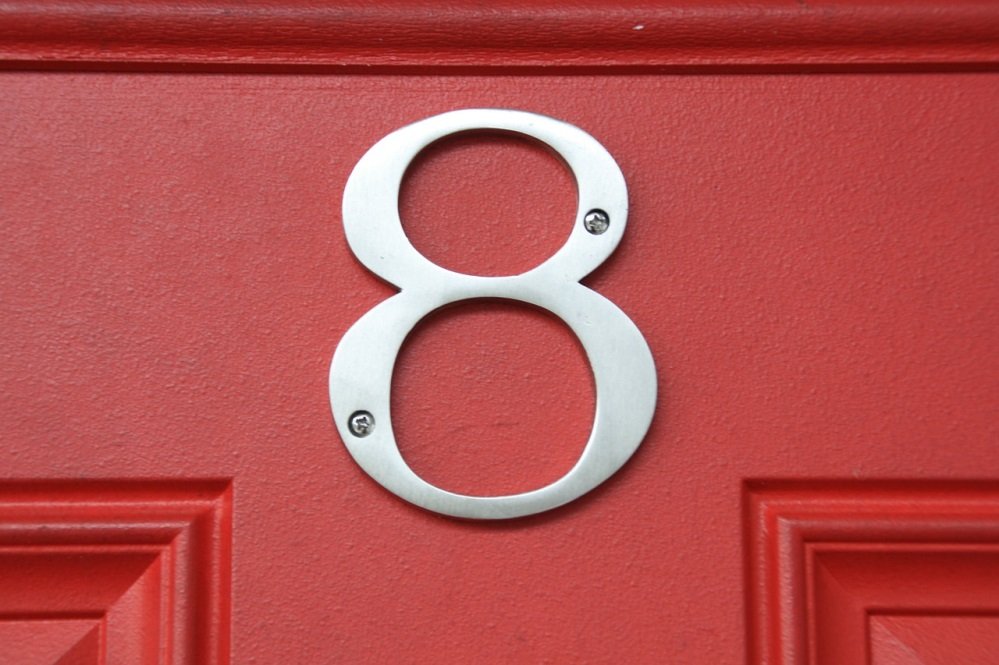
by Belinda Ollewagen | Apr 29, 2019 | water cooler
We all know how important it is to take a turn past the water cooler and fill our glasses or bottles before carrying on with our day, but is the ‘drink eight glasses of water a day’ advice we hear so often accurate or not? In truth there is no hard and fast evidence to suggest that this one-size-fits-all approach is correct. Irrefutable however, is that bodies need sufficient hydration, but how much and how often is a debatable topic.
An early WebMD article states that the formula should be to drink between 0.5 and 1 ounce of water for each pound you weigh. According to the BBC a few years back, the average man weighs 83 kilograms and the average woman 70 kilograms – according to this formula then it means that Mr. Average should be drinking between 2.7 and 5.4 litres of water per day, while Ms. Average should be drinking between 2.3 and 4.6 litres per day. This is more than the one-size-fits-all 64 ounces (1.9 litres) per day suggested.
To illustrate another side of the argument, an article on Snopes goes a long way to refuting the standard 8×8 rule which, as an aside, no one seems to know the exact origin of, although researchers seem to think it probably came from a single paragraph in an obscure 1945 government report. Water Works also covers the misleading idea that one should not be drinking caffeinated drinks such as coffee, tea or soda, because of their diuretic effect on the body which could lead to dehydration. Researchers at the Center for Human Nutrition refuted this stating ‘one glass [of caffeinated beverage] provides about the same amount of hydrating fluid as a glass of water. The only common drinks that produce a net loss of fluids are those containing alcohol — and usually it takes more than one of those to cause noticeable dehydration, doctors say.’
In short, your body needs regular hydration to function properly and to be productive, but there is no magical quota or number of times you should be visiting the water cooler, so just use your common sense and do what works for you.
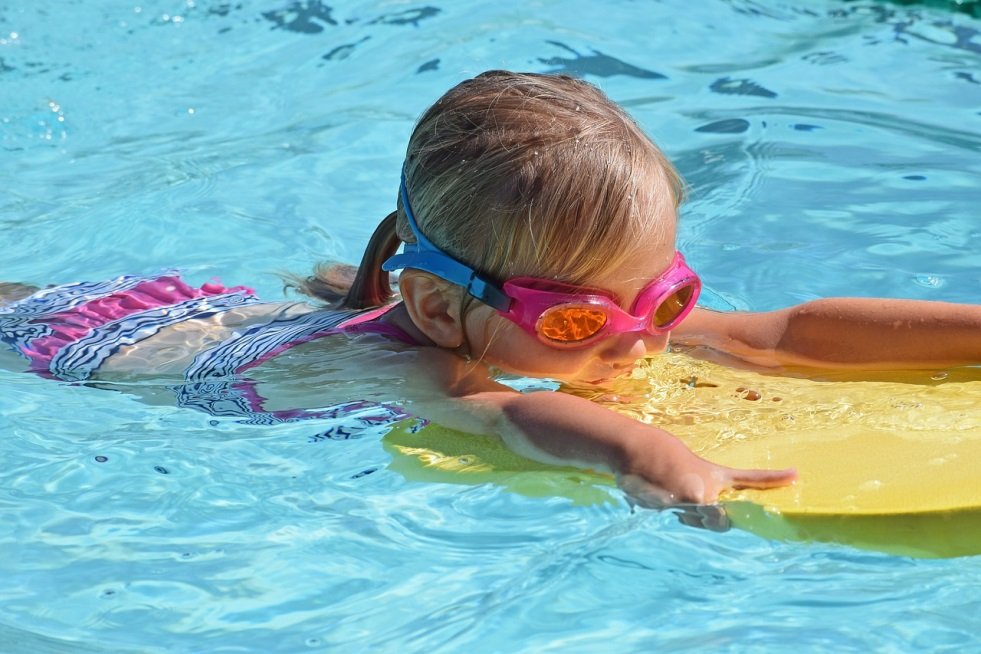
by Belinda Ollewagen | Apr 29, 2019 | Water, water dispenser
We’re slowing moving into summer (yay!) which means longer days, warmer weather, ice cream at the park and lolling about in the water. Even if the closest you come to water right now is the office water dispenser, there are summer weekends and holidays to look forward to, and if you have young children, it’s important to be extra vigilant when they’re in the water.
To help create better awareness, May is National Water Safety Month which is an annual campaign designed to bring safe and enjoyable water activities to everyone. If you do have small children, here are a few important Water Safety Tips to keep in mind this summer in and around pools, courtesy of the International Swimming Hall of Fame.
- Teach children water safety and swimming skills as early as possible – it’s never too early to start.
- Always brief babysitters on water safety, emphasizing the need for constant supervision.
- Appoint a designated watcher to monitor children during social gatherings at or near pools – don’t assume ‘someone’ is watching.
- Equip doors and windows that exit to a pool area with alarms.
- Post CPR instructions and learn the procedures – make sure anyone supervising children is also familiar with the process.
- Keep rescue equipment and a first aid kit poolside – don’t wait for the paramedics to arrive because you will lose valuable lifesaving seconds.
- Install four-sided isolation fencing, at least five feet high, equipped with self-closing and self-latching gates that completely surrounds the pool and prevents direct access from the house and yard.
- Maintain constant visual contact with children in a pool or pool area. If a child is missing, check the pool first; seconds count in preventing death or disability.
- Don’t use flotation devices as a substitute for supervision. Never allow a young child in a pool without an adult. And don’t rely on swimming lessons, life preservers or other equipment to make a child ‘water safe’.
- Don’t think you’ll hear a child who’s in trouble in the water; child drowning is a silent death, with no splashing to alert anyone that the child is in trouble.
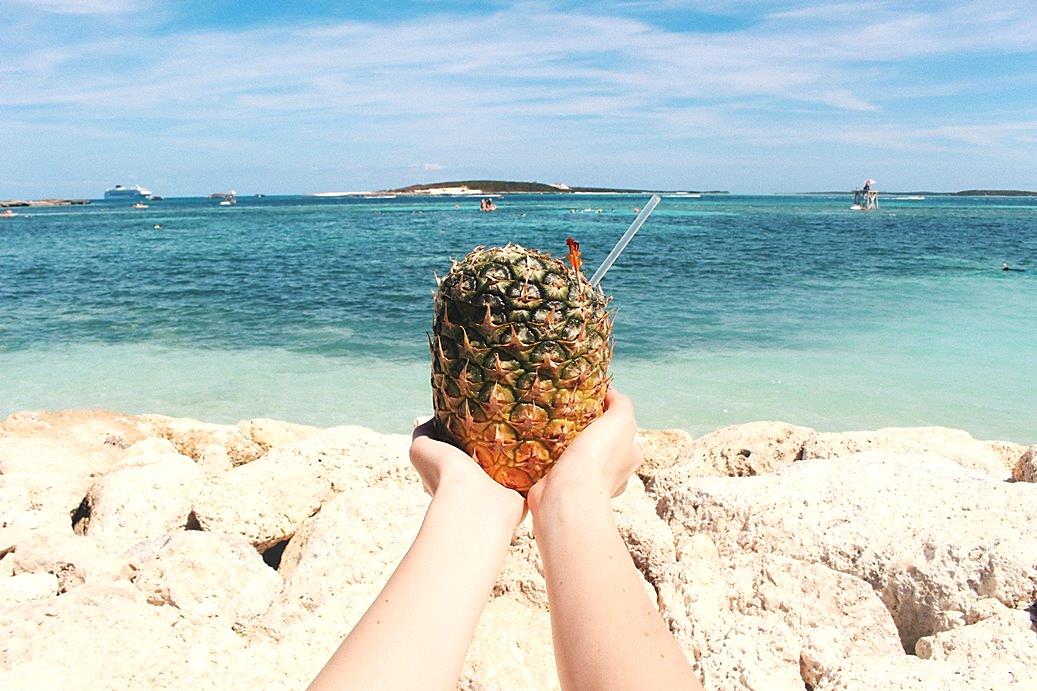
by Fern Shaw | Apr 29, 2019 | Water, water cooler
Recently, while I was on a water refill break at our office water cooler, I read an article regarding ‘influencers’ and a certain holiday resort in South East Asia. What had transpired is that this very popular resort began to be inundated with requests from self-proclaimed ‘influencers’ – travellers with social media accounts (predominantly YouTube and Instagram) who have a number of followers – asking if they could stay at the resort for free in exchange for sharing photos about their stay, thereby ‘influencing’ their followers to travel and stay at the location.
After a period the resort owner’s reaction was to himself go on to social media whereupon he posted a comment stating that he would not be offering accommodation at the resort in exchange for the proposed reach that these followers had and further to that, his suggestion to said influencers was that they pay for the accommodation just like any other guest.
This got me thinking. With the incredible advent of digital based business, with social media users increasing at a phenomenal rate year on year, is it possible to quantify physically based goodwill e.g. your taking your customers out for a coffee vs. ether based good will e.g. your commenting on social media about how wonderful your customer’s product/service is?
Of course, it may not help that there are different definitions of goodwill from a social aspect versus a commodity based aspect. Goodwill in business terms is a quantifiable asset of an intangible portion of a business which is calculable when the entity is being bought or sold.
Goodwill, in my opinion, (always become a little more clearheaded when I up my water intake) is any action that is undertaken as a kindness or is an act of benevolence without forethought of any reciprocation.
What do you think?

by Fern Shaw | Apr 24, 2019 | Uncategorized
Writing as I do about a broad spectrum of health topics, from how much water a person should drink (around 8 glasses per day for the average adult) through to water rich food (e.g. blackberries, grapefruit, pears) I should ideally be at the forefront of this knowledge, however, this is not always possible. There are times when I can be a bit late to the health party.
That said I do tend to keep my opinion to myself until such time I have tried said bounty – whereupon I feel I can more adeptly express a more educated opinion. This brings us to Goji Berries. I tried the dried berries recently and found them quite delicious. What’s more impressive is the contents of these small berries pack a significant health punch.
Goji berries have been used in traditional Chinese medicine for thousands of years. Considering their health boosting properties, this should come as no surprise. The berries contain phytochemicals that are produced by plants. In goji berries these include polysaccharides, beta-carotene, and zeaxanthin.
Polysaccharides are an essential source of dietary fibre. A study found that polysaccharides in goji berries helped with improving immune function and increasing total antioxidant activity in the body.
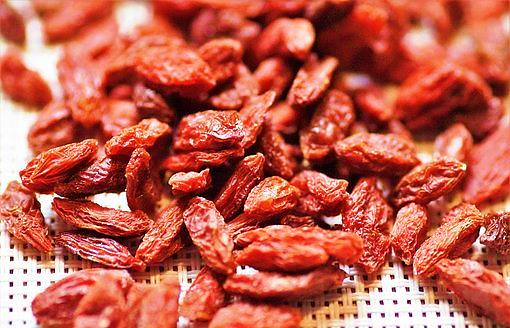 Beta-carotene is responsible for the orange-red colour pigment in goji berries. Beta-carotene is vital for eye health, bone health, skin health, and cell development. The amount of beta-carotene in goji berries is among the highest of all edible plants.
Beta-carotene is responsible for the orange-red colour pigment in goji berries. Beta-carotene is vital for eye health, bone health, skin health, and cell development. The amount of beta-carotene in goji berries is among the highest of all edible plants.
Zeaxanthin plays a crucial role in supporting the immune system. Studies have indicated that zeaxanthin may help reduce the risk of glaucoma.
Goji berries may not be as water rich as other fruit I’ve written about, but they certainly seem to deserve their moniker of a super food. If you’re looking to increase your healthy food intake, it would seem that you can’t go far wrong with these little wonders. As always, whatever health route you choose to travel, remembering to maintain good hydration levels to keep you in tip top condition, each and every day.






 Beta-carotene is responsible for the orange-red colour pigment in goji berries. Beta-carotene is vital for eye health, bone health, skin health, and cell development. The amount of beta-carotene in goji berries is among the
Beta-carotene is responsible for the orange-red colour pigment in goji berries. Beta-carotene is vital for eye health, bone health, skin health, and cell development. The amount of beta-carotene in goji berries is among the